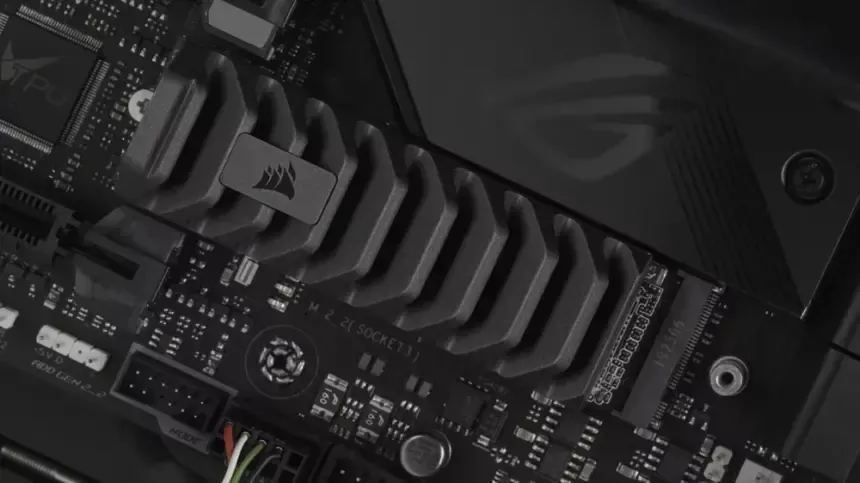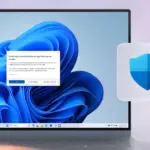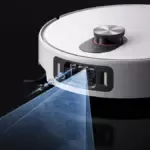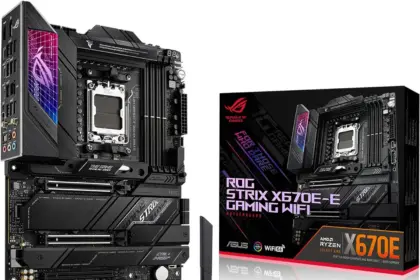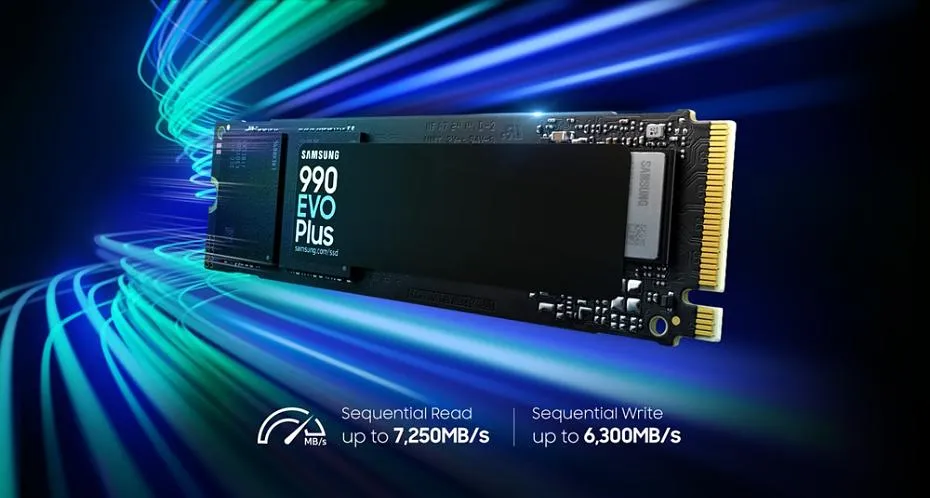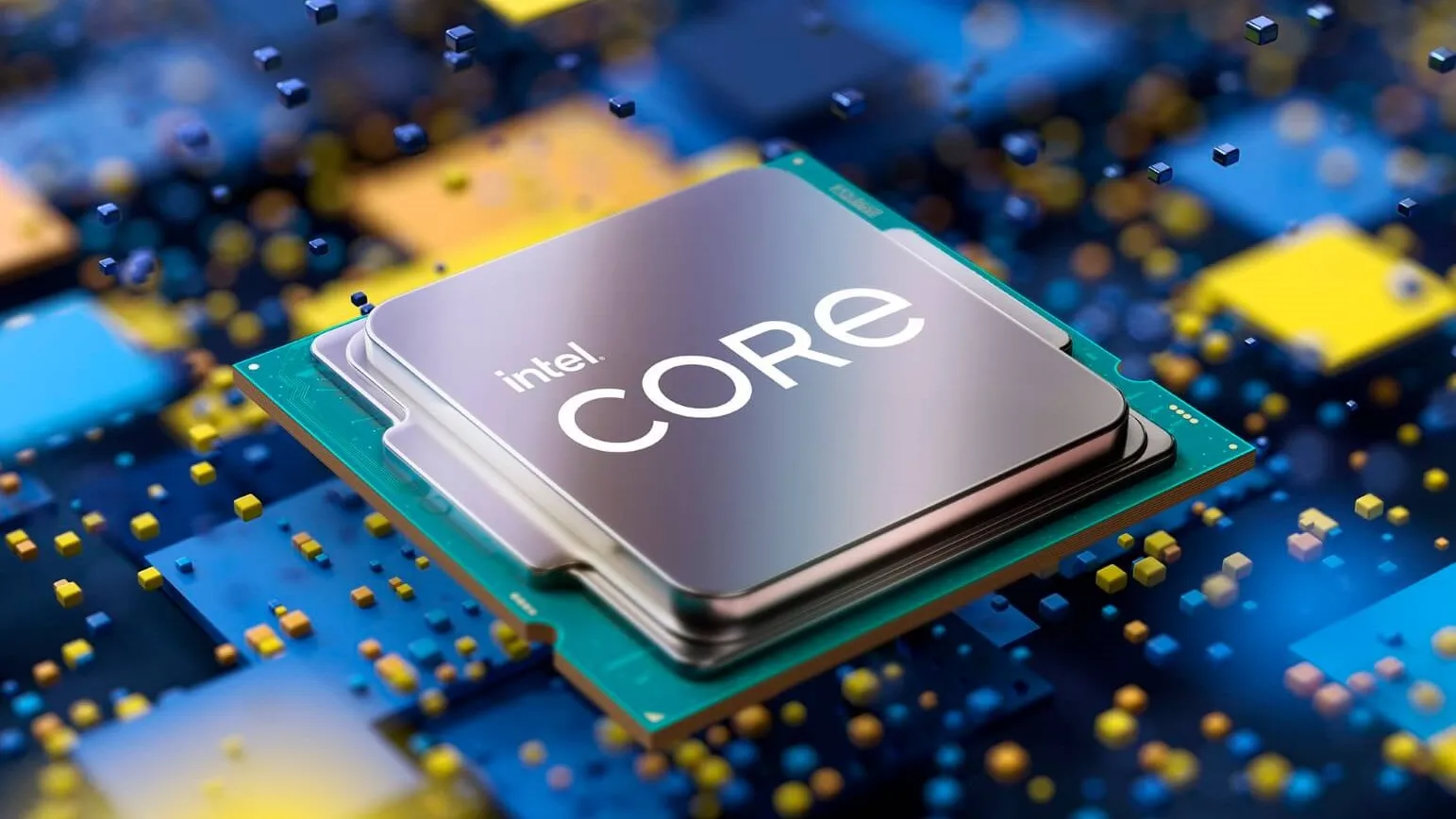SSDs have a limited lifespan. An SSD’s limited lifespan, which is typically indicated by the number of terabytes of data that may be written to it (TBW), is similar to that of a hard drive. Even with irrational volumes of data generated daily, the majority of SSDs have TBW ratings that will take five to six years to meet. Still, by disregarding some common practices on your desktop or laptop computer, you may be unintentionally lowering this number. Although there is very little risk that your SSD will malfunction within the warranty term, you can still take certain precautions to make sure it never does.
Overheating due to poor cooling
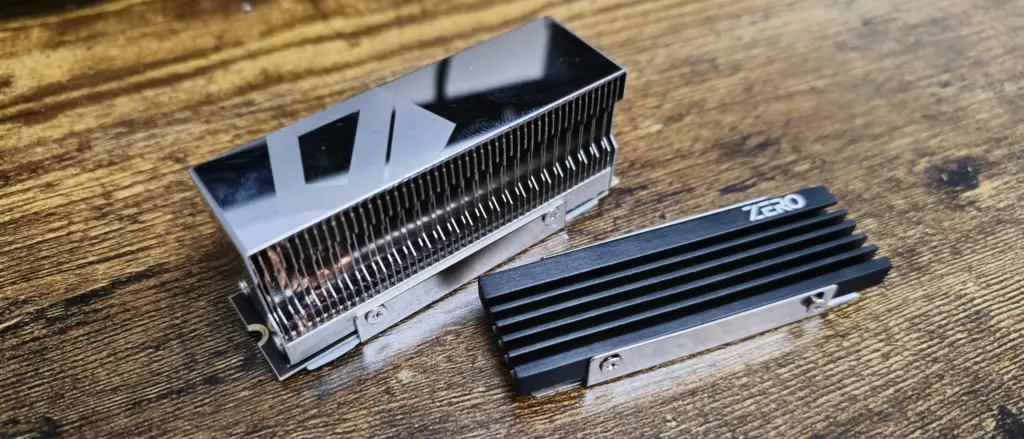
One of the main obstacles to an SSD’s long lifespan is heat. A number of parts make up your drive, including the DRAM cache, controller, and NAND flash. There is a temperature range beyond which some parts cannot function correctly. The hottest temperature that most SSDs should operate at is around 70°C. An SSD is more likely to fail if it is continuously operating at higher temperatures. Thermal pads are used by SSD heatsinks to transfer extra heat into the computer so that it may be expelled.
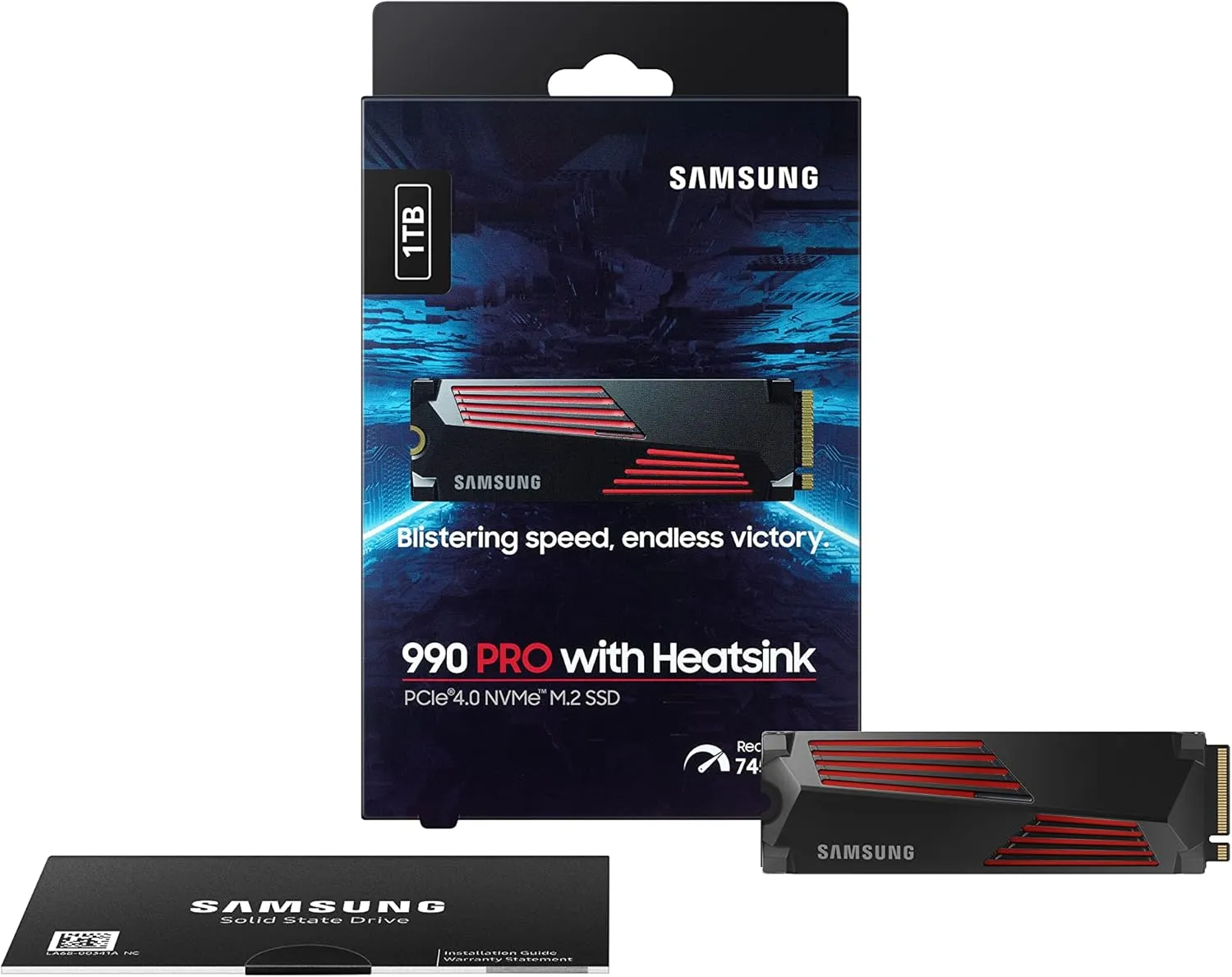
SAMSUNG 990 PRO Heatsink
Reach near max performance with PCIe 4.0*; The in-house controller’s smart heat control delivers our best power efficiency while maintaining ferocious performance that always keeps you at the top of your game
Like any other part of your computer, your drive may overheat and even thermal throttle if there is insufficient fresh air entering or hot air leaving. Only Gen5 SSDs typically have this issue, although even with a high-end Gen4 drive, you should make sure your computer’s ventilation is adjusted. Locate and install the heatsink that was included with your SSD or motherboard if one isn’t already installed. Another option is to get a $6 heatsink from Amazon.
Ignoring essential firmware updates
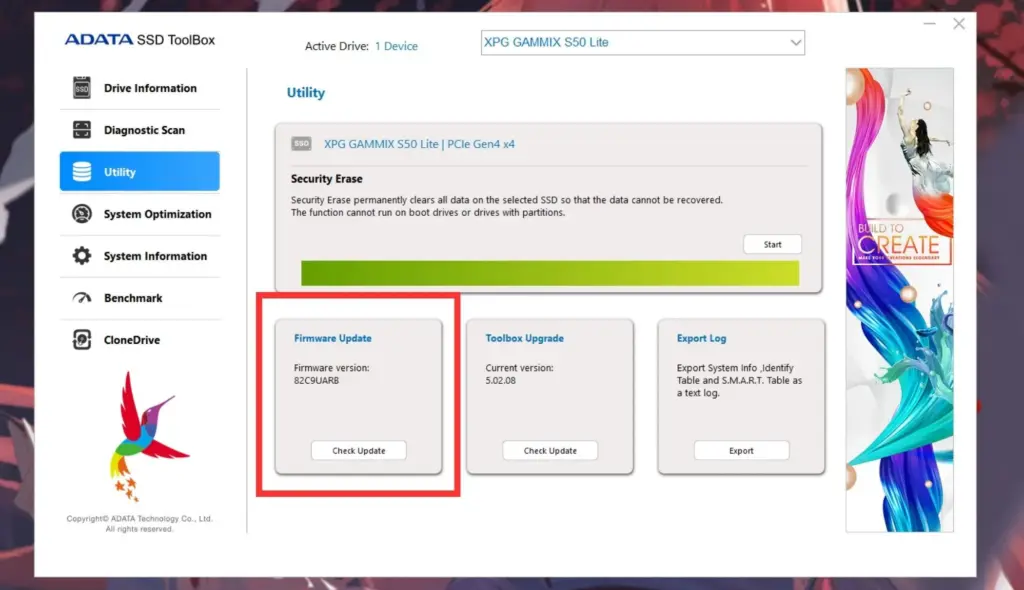
I am aware that not everyone updates stuff like the BIOS and firmware. Actually, I only updated my PC’s BIOS four years ago in order to address strange power cycling problems, which the update hasn’t resolved. Although it is probably an even less common occurrence, updating the firmware on your SSD may be reducing its lifespan and performance.
Firmware updates are released by manufacturers to enhance TRIM and wear leveling, two of the best techniques to increase the longevity of your SSD. In essence, your drive won’t live as long as it should if you skip important firmware upgrades, which will result in less effective maintenance procedures. It doesn’t harm to upgrade the firmware, even if it might not make a big difference in the lifespan of your SSD.
Lack of power backup and surge protection
Even though your local power infrastructure may be dependable, anyone can be impacted by power outages and surges. An emergency or a power outage due to an aged electrical grid could occur at any time. When this occurs, a computer operating without a UPS may experience component damage and data loss. Additionally, a power surge can damage your delicate components by overloading your power supply. In the unlikely event of a power outage, a UPS with integrated surge protection can preserve your PC and SSD.
A power surge can leave you feeling dissatisfied and remorseful for not making a backup of your data. When you take into account the advantages, purchasing a UPS isn’t that costly. Even while you may only require a power backup solution a few times, it is still wise to protect thousands of dollars’ worth of PC hardware.
Neglecting regular PC maintenance
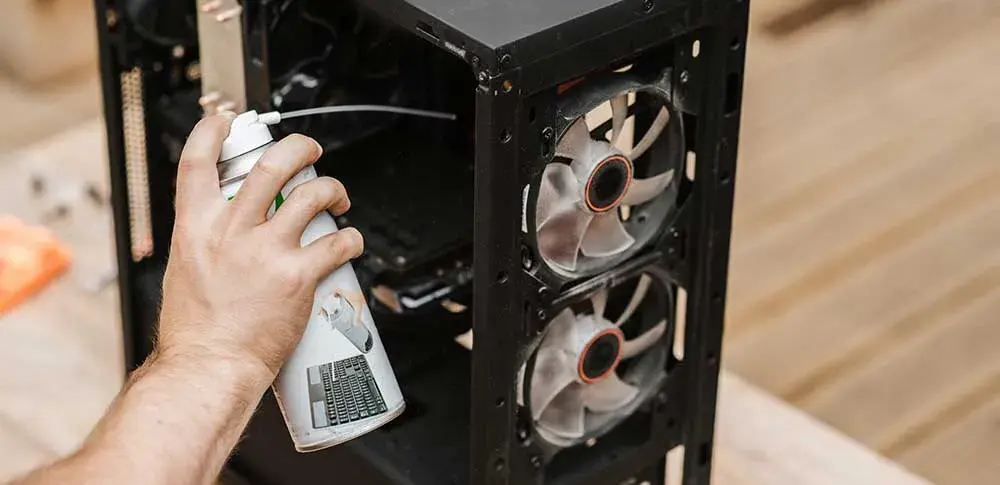
Your SSD can quickly begin to overheat if your desktop or laptop is covered with dust. Because laptops have less room for airflow, this is more dangerous, so if you haven’t already, start cleaning your laptop frequently. Slow data transmission, startup time, or game loading times could be indicators that your SSD is overheating. A deep clean is a simple solution if the problem is caused by dust accumulation on your computer.
A can of compressed air can be used to remove most of the dust from your desktop tower. Your PC will be clean and able to breathe again after the remaining dirt is removed with isopropyl alcohol. While speed slowdown and a shorter lifespan are legitimate concerns, heat throttling isn’t a major issue with Gen4 (or Gen3) SSDs.

SAMSUNG 990 PRO Heatsink
Reach near max performance with PCIe 4.0*; The in-house controller’s smart heat control delivers our best power efficiency while maintaining ferocious performance that always keeps you at the top of your game
You’re more likely to replace a modern SSD before it fails, as they rarely do so during the warranty time. However, if you follow a few guidelines, you can prolong the life of your SSD. Some simple and efficient ways to prevent your SSD from overheating and losing data include cleaning your computer frequently, making sure there is enough ventilation, adding a heatsink on the SSD, purchasing power backup and surge protection, and updating the firmware.


